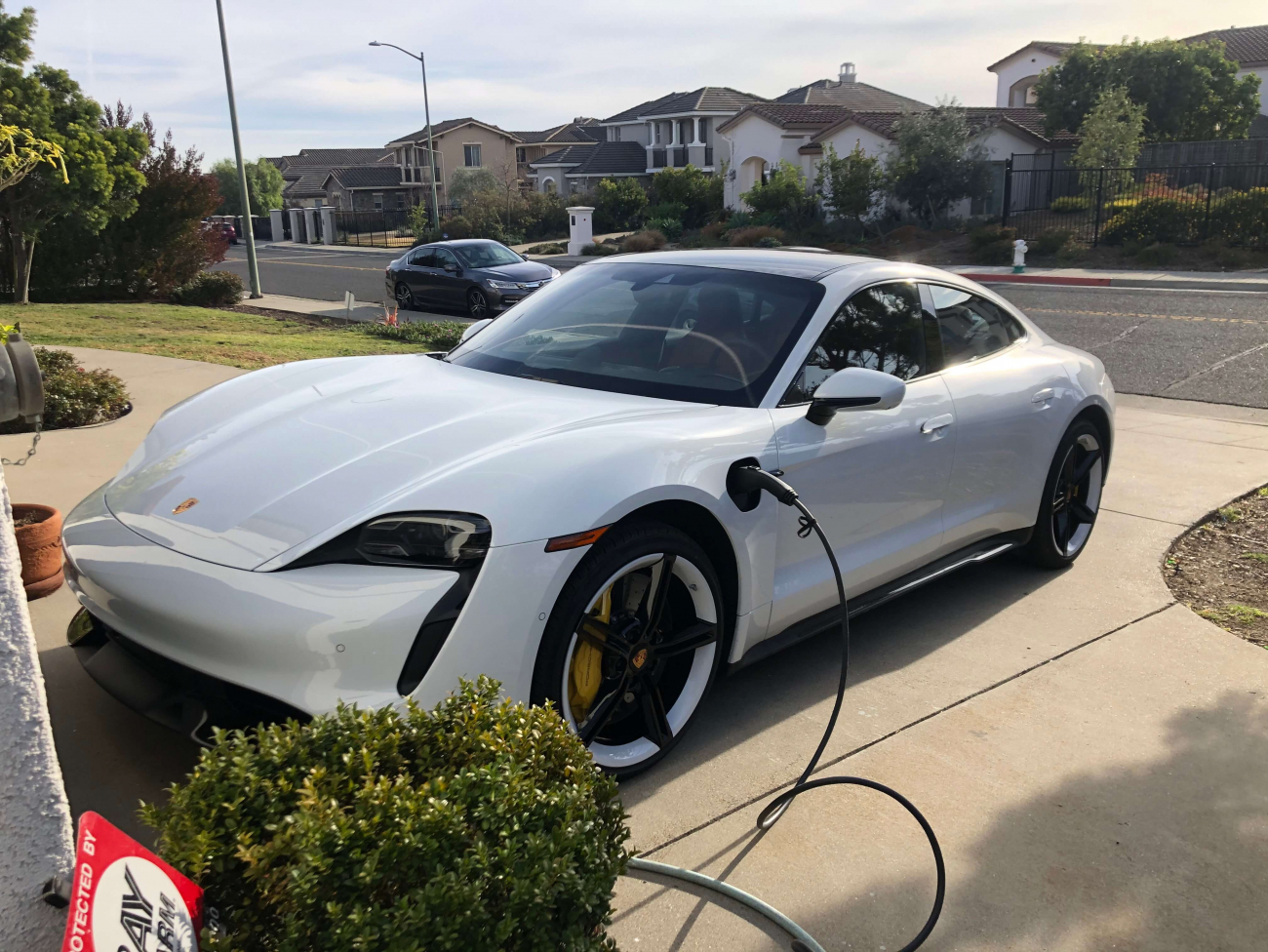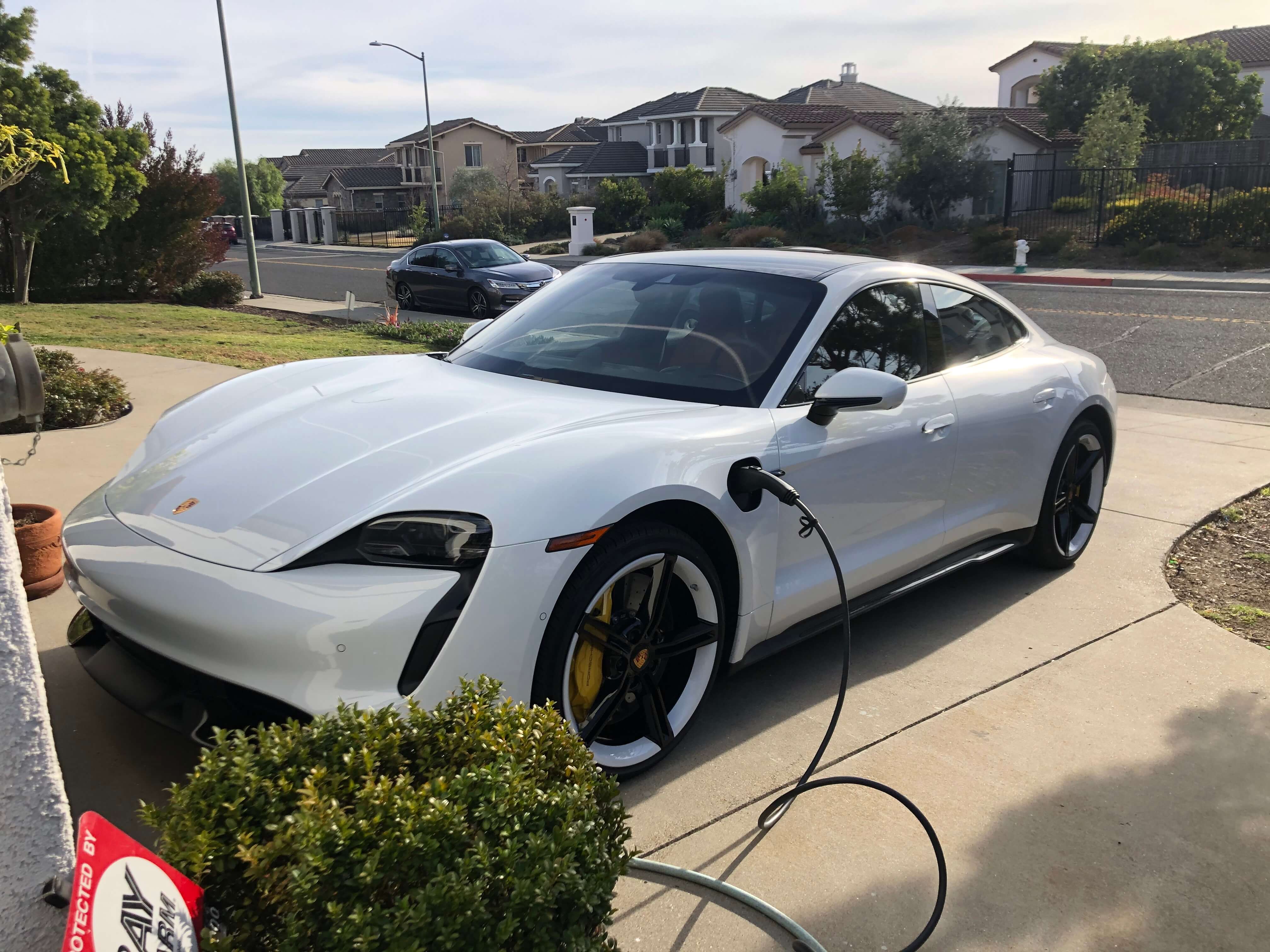1. Do you have an old panel?Every home has an electricity panel supplying the electricity, and a circuit breaker preventing electrical overload and overheating of the system. If your home was built between 1950 and 1980, you may have had a 240-volt Federal Pacific Electric ‘stab lock’ panel or breaker box installed. These FPE panels were found to be unsafe and will need replacing before you can install your EV charging unit. (Mind you, FPE panels are hazardous and are causing residential fires all over the US regularly, so we’d advise you to have it replaced even if you don’t drive an EV.)
2. What’s your capacity space?The speed of charging your electric car does not just depend on the charging unit you decided to go with, but also the capacity of your electrical infrastructure – your wiring. It needs to be able to comfortably handle the charging unit you choose. For example, if you’re planning to install a 30-amp charging unit, your home will have to have a 40-amp wiring circuit and breaker.
With all the new developments in the world of EVs and with the help of our skilled electricians, you may want to consider a service upgrade to your wiring. That way you’ll be set for a future of bigger, better and faster electric vehicles. Scale up to a 200-amp service and you could have two EVs charging simultaneously in the future. But that’s not all. With a 200-amp service, your house is prepared for modern-day amenities, filled with all kinds of appliances. Plus, it’s safer and more reliable too.
3. Does your electrical panel have any space left?It’s imperative to have a dedicated circuit breaker for your EV charging unit – this will prevent random other devices tripping the circuit and cutting the power on your charging unit. If all your panel’s circuits are already in use, our electricians can install an extra, dedicated circuit for you.
4. What’s the distance from the electrical panel to the charging unit?The further the charging unit is away from the electrical panel, the more time will have to be spent on the installation. And we all know: time is money. It may be more cost-effective to install the unit closer to the panel and go for a longer charging cable instead.
5. How powerful is the grid in your neighborhood?The demands we put on our local power grid rises with each electrical device we buy. But no amount of hair drying, vacuuming, or air-conditioning will put quite as much strain on the system as an EV does. Depending on where you live, charging an electric car can be the equivalent of adding a whole extra house to the grid. As you can imagine, as soon as you and a couple of your neighbors go electric, utility companies have to start thinking about a grid upgrade. This can take up to a year to get done – and although this may not cost you any money, you’ll need a lot of patience, for sure. Installing a load management box may be an option to help utilities curb demand at peak times. It may also save you the cost of having to upgrade your service.
Top tip:The cost for your new charger, the installation and even the electrical usage can sometimes be offset through rebates and financial incentives. You can do a search
here.





